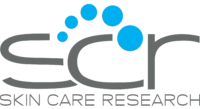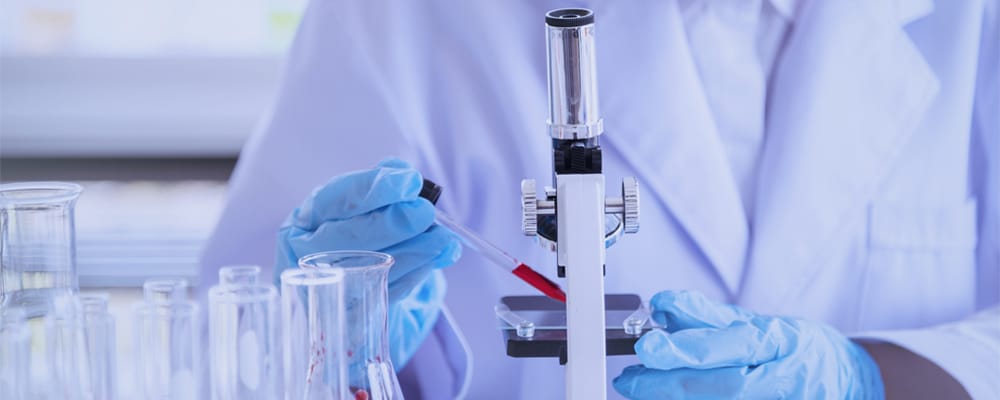At Skin Care Research, research is all we do. We have over a quarter century of experience conducting FDA-regulated clinical trials in the fields of clinical and cosmetic dermatology. Our current trials cover everything from pediatric plaque psoriasis to laser hair removal, from acne to hyperhidrosis.
Our enrollees receive care from board certified dermatologists. They have access to cutting-edge new therapies. Often the treatment received may be free or at dramatically lower cost than would be the case with an approved drug or treatment.
But potential enrollees wonder what’s involved in a clinical trial. Let’s get into that in this April blog.
What is a clinical trial?
The purpose of a clinical trial is research. Trials are designed to add to medical knowledge related to the treatment, diagnosis, and prevention of diseases or conditions. For Skin Care Research, the trials we participate in are all skin care related. When a clinical trial involves humans, the drug or treatment is in the final stages of a long, systematic, and thorough research process. What usually starts in a lab, where concepts are developed, then progresses to animals and finally human subjects. Human testing starts in small groups and moves to larger numbers.
Clinical trials are not dangerous or scary. They are fundamental to advancing science and saving or improving patient lives.
Clinical trials have stages
There are five phases in clinical trials: phase 0, I, II, III, and IV. Here is what happens in each. At Skin Care Research, we are competent in the performance of phase II, III, and IV clinical studies.
- Phase 0 — Phase 0 of a clinical trial is done with a very small number of people, usually fewer than 15. Investigators use a very small dose of medication to make sure it isn’t harmful to humans. If the results aren’t as expected, additional research will be conducted before advancing to Phase I.
- Phase I — During Phase I, investigators spend several months looking at the effects of the medication on about 20 to 80 people. This phase seeks to find the highest dose humans can take without serious side effects. Investigators monitor participants very closely to see how their bodies react to the medication during this phase. According to the FDA, about 70 percent of medications and treatments move on to Phase II.
- Phase II — Phase II involves several hundred participants who are living with the condition that the new medication or device is meant to treat. Investigators monitor participants for several months or years to judge the effectiveness of the medication/device and to gather more information on any potential side effects.
- Phase III — This phase involves up to 3,000 participants who have the condition the medication is targeting. Trials in this phase can last for several years. The purpose of this phase is to evaluate how the new medication works in comparison to existing medications for the same condition. This is done with “randomization,” where some participants are chosen to receive the new medication and others receive an existing medication. Participants and investigators do not know which medication the participant is taking, giving it the “double-blind” moniker you’ve probably heard. The FDA can approve a medication or device after phase III.
- Phase IV — Phase IV clinical trials happen after the FDA has approved the medication or device. This phase involves thousands of participants and can last for many years. The goal of this phase is to look at long-term safety, effectiveness, and other benefits.
Are you interested in participating in one of our trials? Call us at Skin Care Research, (561) 948-3116, and let’s get started.

